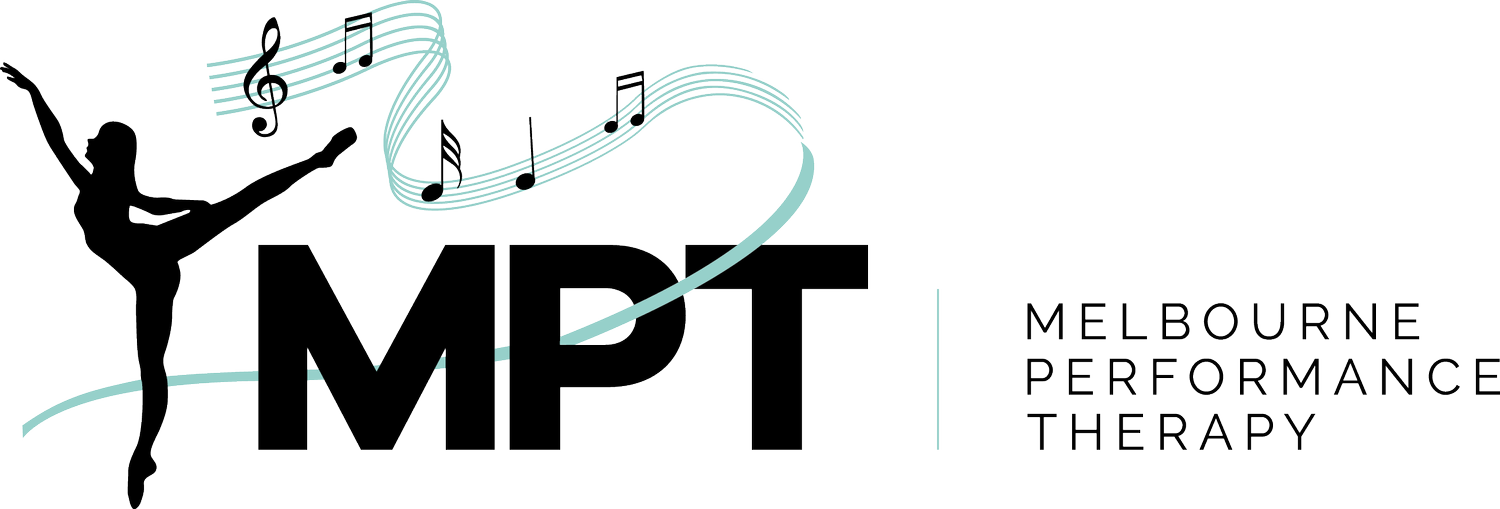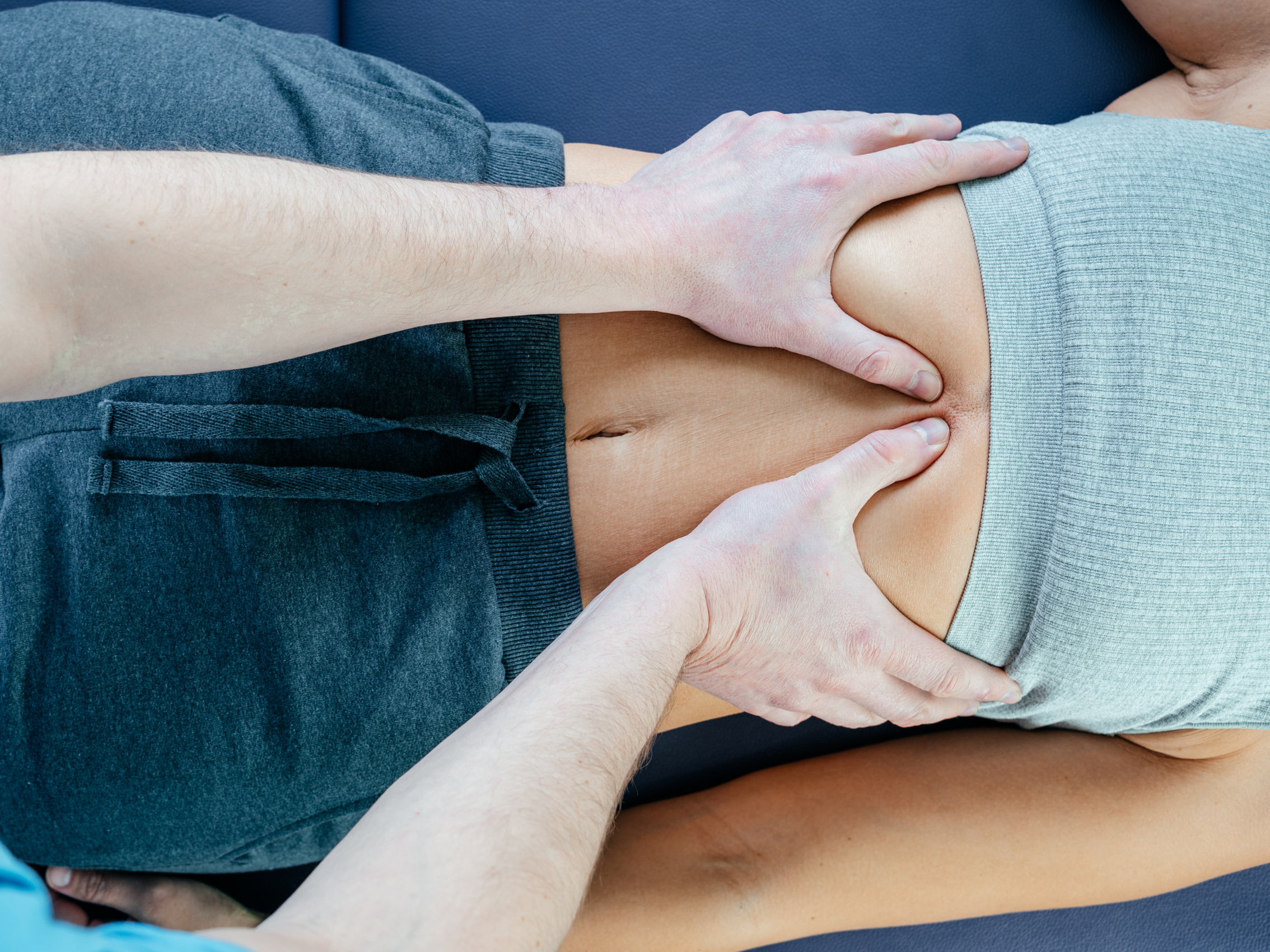Supporting your Embouchure
The muscles that produce your embouchure
Do you experience fatigue or pain around your mouth, lips or jaw while playing? Embouchure tiredness or pain in a conventional performance context is usually a sign of incorrect sound or tone production technique. Contrary to what can sometimes be thought of as a problem of muscle strength or building endurance, embouchure fatigue is often a sign of other underlying factors often related to our breath.
Here are some of the other underlying factors that can contribute to embouchure fatigue.
Breath Support
Your primary breathing muscles are what we should be using for our relaxed breathing throughout the day, these muscles include your diaphragm, intercostal muscles, and abdominal muscles. It is easy to think of breathing as a simple action of contracting our diaphragm to draw air in and then simply relaxing to allow the air to flow out. But as any wind instrumentalist knows that simply relaxing and allowing the air to rush out of our lungs does not provide the air control that we need. In order to play a wind instrument you must be able to accurately control the flow of exhaled air and create and maintain the correct pressure and flow of air for your instrument.
For correct breath support and to support the flow of air, there must be a contraction through the muscles of exhalation. This is mostly easily felt through the abdominal muscles. A tense of engaging or squeezing through the abdominal ‘corset’ can help to facilitate the feeling of supporting the exhalation of air.
Rib mobility
In order for you to breathe well your ribs and thoracic cage must be working correctly. This is to say, the ribs must be able to raise and fall as they need (side note, ribs do more than simply go up and down in a vertical line, they also need to be able to rotate slightly allowing the ribcage to expand laterally and anteriorly). Stiffness and restriction through the ribcage can be a common issue associated with poor breathing patterns and reduced oxygen intake. Rib mobility may be affected by tightness in the surrounding muscles commonly your respiratory muscles (both primary and secondary muscles), fascial tightness and joint stiffness (including rib joints where they meet the spine and the intervertebral joints of the spine).
Respiratory Muscles
If you want to breathe well then your muscles of respiration need to be working well. Your primary muscles of breathing typically operate without you thinking about it. But, these muscles can become inhibited when you are stressed, with poor postures or when you are in pain. When the primary breathing muscles become inhibited the body will typically recruit the secondary breathing muscles to help. The secondary breathing muscles include muscles of the neck and chest. These muscles also happen to be the muscles that get tight and sore from sitting at desk for long periods, scrolling on your phone, and generally sitting in a curled forward posture. Very quickly our secondary breathing muscles can become overactive, tight and sore, this further inhibits the activity of our primary breathing muscles. When a muscle becomes inhibited we see reduced neural activity going to the muscle, which means it is not working as hard and over time the muscle can become weak.
So what can you do?
Use your hands to direct your breath to different areas of your body
Working on your breathing mechanics can be a great place to start to improve your breath and reduce the strain through your embouchure while playing. Simple breathing exercises to promote rib mobility and diaphragm activity can be done every day to help promote good breathing mechanics. This can include box breathing, using your hands to focus and direct your breath and using a mix of forceful inhalation and exhalation.
You can also try some stretching for your secondary muscles of respiration to help reduce their resting tone and improve their ability to relax fully.
Myotherapy can help
Manual therapy release to the diaphragm
If you would like more help with supporting your embouchure and reduce embouchure fatigue reach out and make an appointment with us. Myotherapy can help improving breathing mechanics, improve muscle activity and increase mobility. We can also provide direct treatment to the muscles of your jaw and face to relieve pain and restriction. We understand the unique technique required to create a good embouchure and the support that it needs from other areas of the body. We can help you find your best performance.




